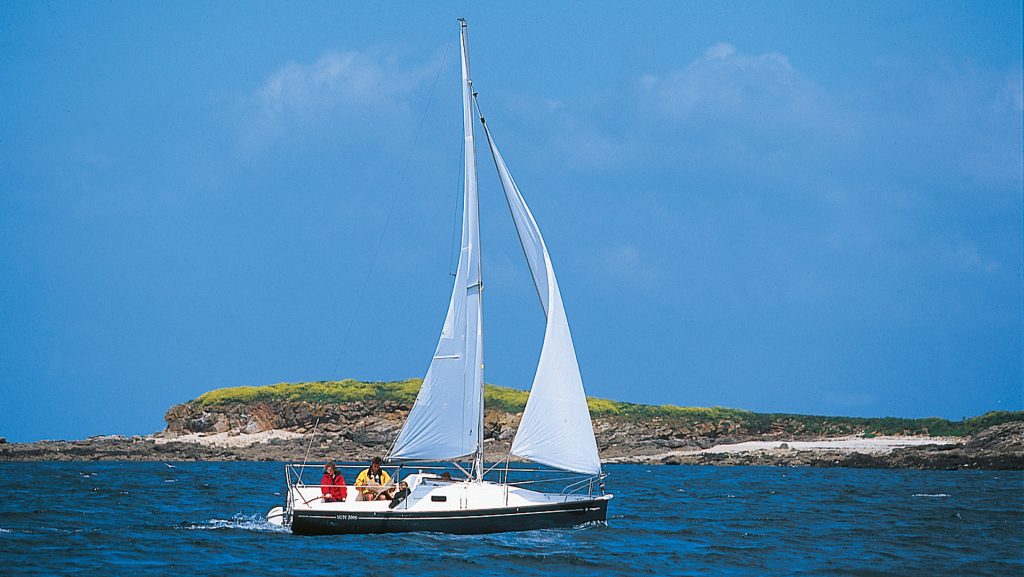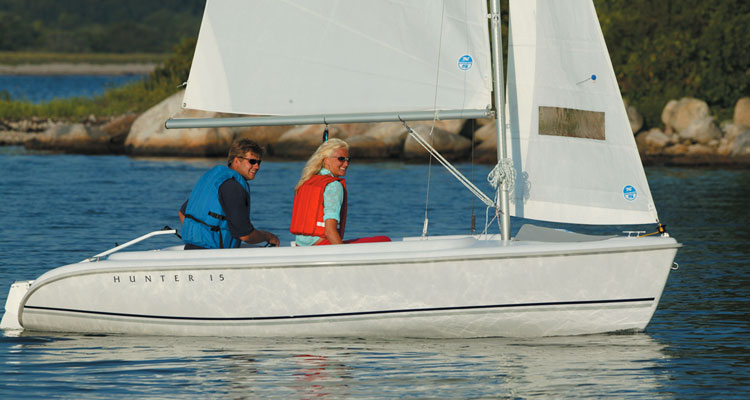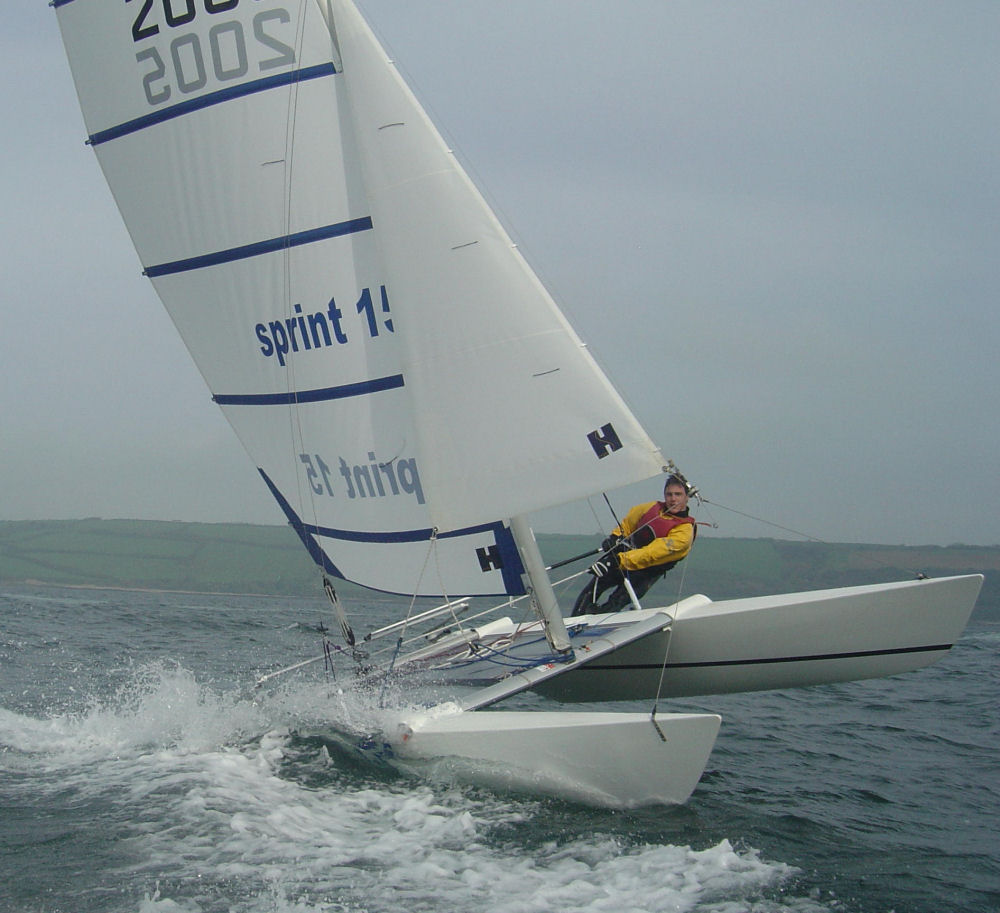
What is the best sailboat for a beginner?
Here’s how you select the best starter boat.
The practice of sailing a boat is almost as old as the history of mankind. Despite its past importance, sailing is no longer needed for the transport of goods or people, and has been relegated – or perhaps, elevated – into an activity for pleasure and sport. The skill and knowledge involved is prevalent in coastal areas in Europe and the Americas, but is very much less so in Asia. Even so, it is a captivating hobby that does have a small presence here, and there are bound to be sailing clubs in any local marina. It may seem daunting at first, but it is actually much easier than imagined and here we’ll lay down features that a beginner sailboat should have, as well as give a few examples that are perfect for the job.
What to look for in a starter boat
Solidly built

As one learning to sail, the first feature to look for is a sturdy boat. Mistakes are inevitable when learning this skill. A starter boat needs to withstand bumps, knocks, scrapes and brush them off with aplomb. This will save a novice sailor a lot of heartache, and wallet ache too. A starter craft made with a rotomolded polyethylene hull is tougher than wood and fibreglass. It is also cheaper, and so is worth considering even though it isn’t as sexy as the other two materials.
Size matters
This seems obvious, but it needs to be said anyways. Children in countries with a deeply ingrained culture of sailing learn with small dinghies and their like. As an adult learning to sail in countries with no such heritage, don’t worry about looking silly and starting small. Get the basics right, put in the hours, and you’ll soon be sailing instinctively. That’s when you know you can graduate to a larger vessel. Another point to note is that larger sailboats are more stable, but also much more difficult to manage while smaller boats are less affected by wind.
Tiller steering is good
This video provides a great explanation on what exactly is a tiller steering system and its more often used counterpart the wheel steering system. The main advantage of a tiller is the feedback it provides as it is directly connected to the rudder and so information on the boat’s speed, direction, and even the movement of the water underneath is quickly given to the pilot.
Cleats are better than winches
A cleat is a small hardware that can secure a line on a boat. This little fixture is perfect for smaller boats, where the load of the line (due to the wind pushing on the sails) is smaller. They are easy and quick to use, making them perfect for a novice. A winch would be better for larger sailboats, with longer lines and larger forces.
What is the best sailboat for a beginner?
We think there are specifically three types of boats that would make great starter sailboats.
Sailing dinghies are the ‘default’, the one most will picture when imagining a small sailboat. They are one or two-person vessels, with a single sail and a single mast. A sailing dingy for two means you can even bring a teacher along for your education. They are very light and so are more manoeuvrable, but this also makes them prone to capsizing. Most are cheap to buy, and are made of rotomolded plastic to withstand the rough affections of beginners.
Image courtesy of hdsails.comA legendary boat in this category would be the GP14. The first one was built in 1949, with the idea to create a General Purpose 14-foot dingy that can be sailed, rowed, and even feature a small outboard motor. The popularity of the GP14 is such that today, it is considered a category in itself, with races all around the world and many boatmakers have their own sailboat in this category. What’s more, they are cheap to buy too, but may be a little difficult to find in our corner of the world.
If a roomier sailboat is preferred, consider a sloop. A two-man sloop will have one mast, and anywhere between one to three sails. Traditionally, they feature the aforementioned cleats. They also vary greatly in size unlike dinghies, but our advice to a beginner is buy for now and not the future.

A sloop worthy of consideration is the Hunter 15. It is designed specifically with rookies in mind, has a high freeboard, and a self-bailing cockpit. It has a FRP hull, which is why a dinghy may still be a better sailboat for beginners. Still, if a dingy does not appeal to you, a small sloop is what you should explore next.
The final type of small sailboat we recommend would be a sailing catamaran. They are the most stable of choices and are nigh impossible to capsize, but will also end up costing more. Unlike a dingy or a sloop which are more rounded choices, a small sailing cat is made for speed. Thus, trampoline seating and not a solid deck is the norm here. They are also typically tiller steered, and come with a single mast, with one or two sails. So while speed may be the objective, they are also perfect for sailing upskilling.

A great example would be the Sprint 15. This quick cat is British-made and is highly popular, so finding one is relatively easier. She is also a double-handed vessel, which requires a slight adjustment in sailing styles, but it actually very easy to learn it.
On a final note; one of the best parts about having a small sailboat is the ability to trailer them from home to sea and back. You don’t need to rent a spot at the marina, they are dry docked most of the time, and they are relatively cheap. In fact, none of the examples given here cost more than RM60,000. Sure, we may not carry these brands, but our decades of experience mean that we know people who do. Get in touch if you are intrigued by this minimalistic lifestyle!

